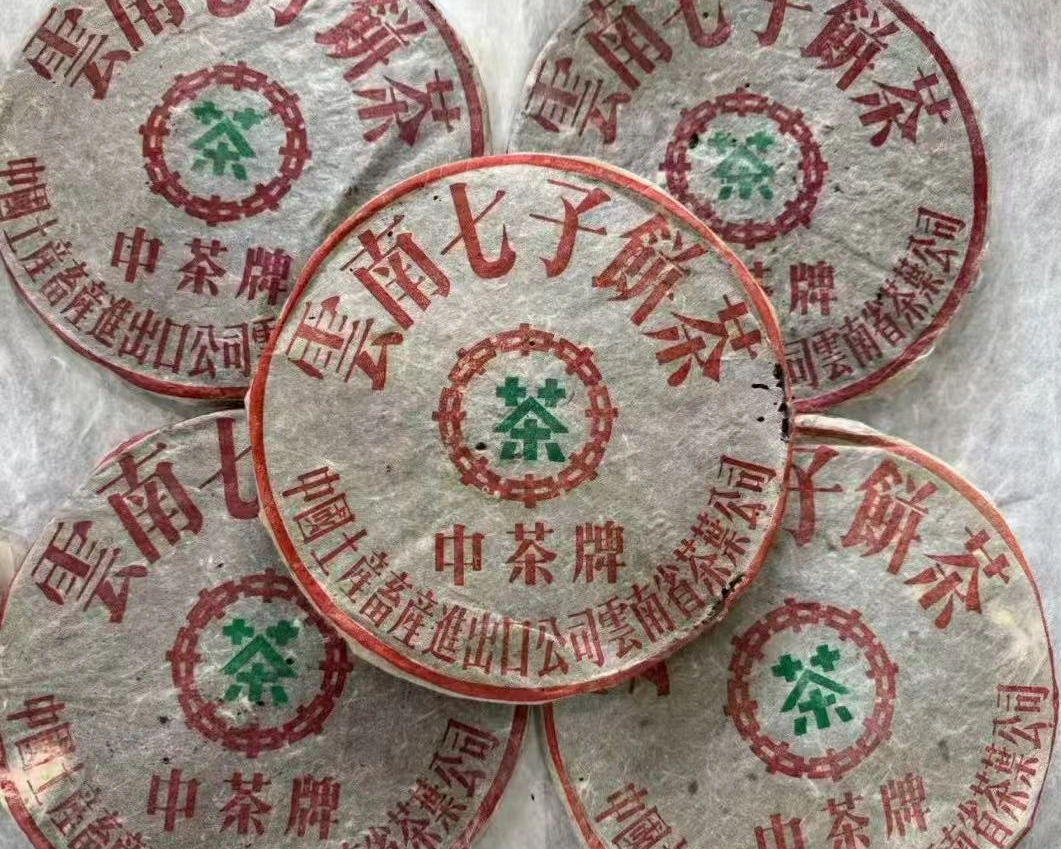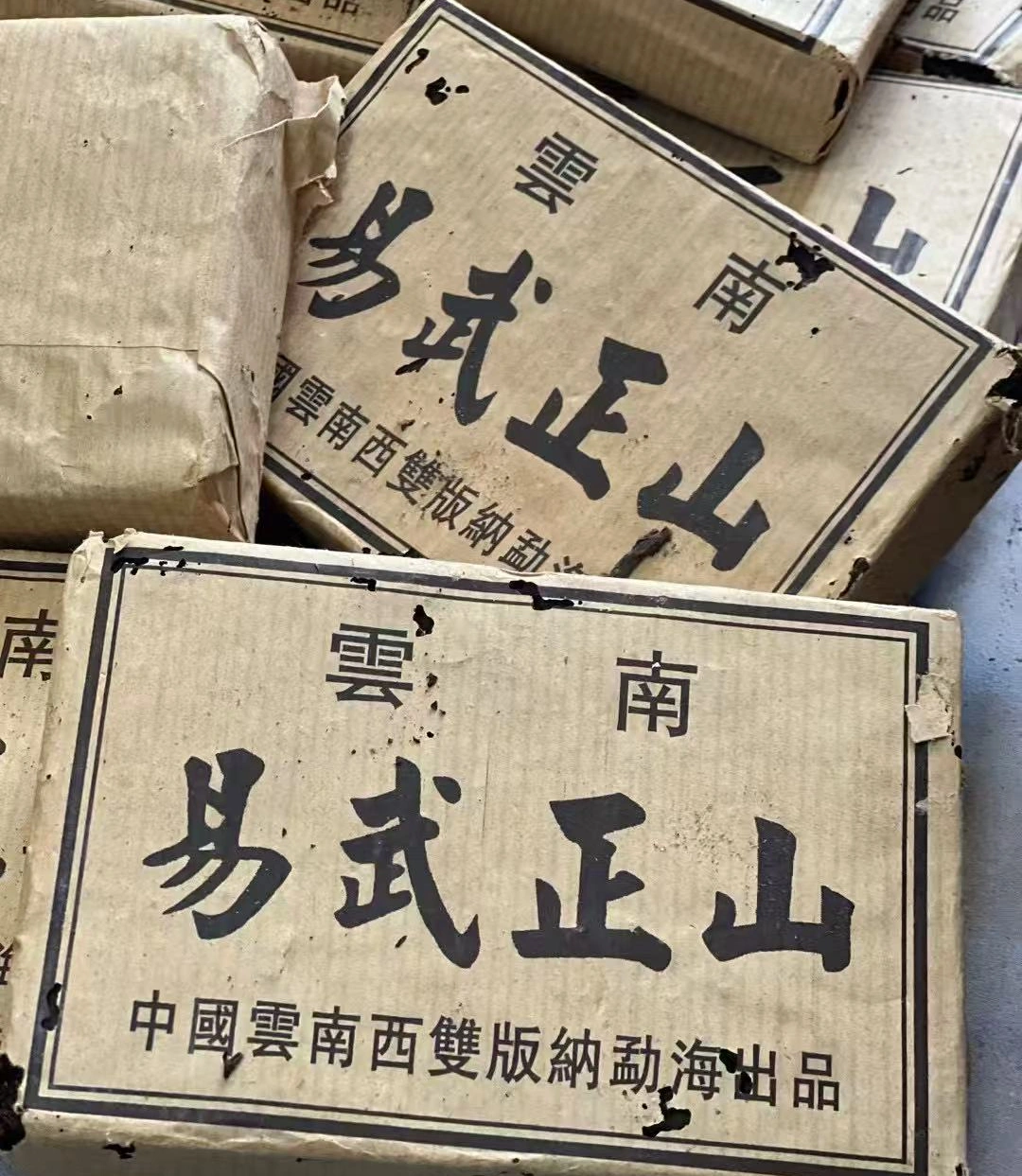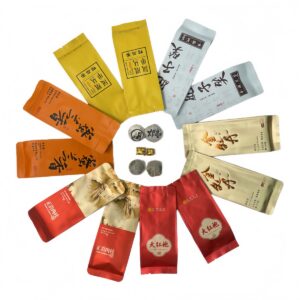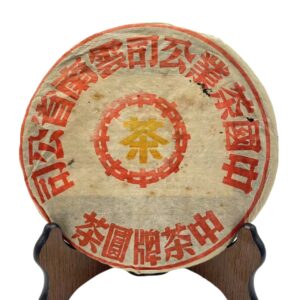Yunnan Pu Erh tea is a journey in a cup: deep amber liquid swirling in your mug, exhaling forest-floor earthiness and a whisper of sweet malt. Harvested from ancient tea trees in China’s southwestern province, Yunnan Pu Erh tea captivates with time-honored fermentation, mellow aged complexity, and a soul-soothing warmth.
In this guide, we’ll explore the four legendary regions of Yunnan Pu Erh tea—Xishuangbanna, Lincang, Pu’er City, and Dehong—then spotlight the floral elegance of Yiwu Pu Erh tea and the rugged depth of Bulang Mountain Pu Erh tea. Along the way, you’ll learn how to select, brew, and savor the very best Yunnan Pu Erh tea for flavor, health, and ritual.
What Is Yunnan Pu Erh Tea?
Yunnan Pu Erh tea is a post-fermented tea category, meaning freshly processed leaves undergo microbial action in humid storage to develop rich, earthy flavors over months or years. Unlike raw (sheng) Pu Erh, ripe (shou) Pu Erh accelerates this aging through “wet piling,” yielding a smooth, chocolaty brew. Both styles share a key trait: well-aged Yunnan Pu Erh tea reveals layers of complexity—from woodsy spice to honeyed sweetness—that evolve with each steep.

The Four Great Regions of Yunnan Pu Erh Tea
Xishuangbanna (西双版纳)
In the heart of Yunnan’s tropical rainforest, Xishuangbanna’s ancient tea trees bask in lush humidity and warm sun. The result is Xishuangbanna Pu Erh known for its bright, floral accents and crisp mouthfeel. Steeping a cake from these misty groves reveals jasmine-like aromas balanced by light tobacco notes.
Lincang (临沧)
High elevations define Lincang’s verdant tea gardens. Here, cool nights and sunny days imbue Lincang Pu Erh with bold body and gentle plum sweetness. Its brisk finish makes it a favorite among connoisseurs seeking a lively, youthful Pu Erh that still carries hints of the aged forest.
Pu’er City (普洱市)
As the historic center of Pu Erh production, Pu’er City blends tradition and terroir. Pu’er City Pu Erh often presents a balanced profile: earthy depths, subtle roast, and a pleasant, slightly astringent bite that pleases both novices and experts. Many classic cakes bear this region’s stamp, celebrating the Tea Horse Road legacy.
Dehong (德宏)
Bordering Myanmar, Dehong’s tea trees grow wild on limestone slopes. Dehong Pu Erh is prized for its mineral-driven “rock rhyme”—a stony, almost salty complexity—underscored by sweet dried fruit and dark chocolate hints. Its unique terroir yields teas that can age for decades with remarkable grace.
Spotlight on Yiwu Pu Erh Tea
Nestled among rolling hills southeast of Lincang, Yiwu has become synonymous with Yiwu Pu Erh tea. Harvested from ancient trees over 1,000 years old, Yiwu cakes brim with floral elegance: imagine orchid petals and honeydew notes drifting through a smooth, malty base. Known as the “wild rhyme” region, Yiwu Pu Erh tea delivers a refined sweetness and gentle finish, making it a treasured entry point for newcomers to aged Pu Erh.

Spotlight on Bulang Mountain Pu Erh Tea
On the opposite side of the spectrum lies Bulang Mountain Pu Erh tea, grown in the rugged Bulang Shan range. These tea trees endure steep slopes and thick fog, producing leaves with intense theabrownins and woody minerals. Brewing Bulang Mountain Pu Erh tea summons a deep, almost haunting aroma of damp earth, cedar, and dark plum. Its robust body and bold aftertaste are a true testament to time-tested aging.
Health Benefits of Yunnan Pu Erh Tea
Beyond its sensorial allure, Yunnan Pu Erh tea offers wellness perks:
- Digestive Aid & Gut Health: Beneficial microbes from fermentation support healthy digestion and regularity.
- Cholesterol Reduction & Heart Support: Research links Pu Erh polyphenols to lower LDL levels and improved arterial function.
- Metabolism Boost & Weight Management: Mild caffeine and unique theabrownins can gently increase calorie burn and fat oxidation.
Regular sipping of Yunnan Pu Erh tea can become a soothing ritual and a natural complement to balanced nutrition.
How to Choose Quality Yunnan Pu Erh Tea
When selecting Yunnan Pu Erh tea, look for:
- Ancient-Tree vs. Plantation: Ancient-tree (gushu) teas often offer richer aroma and complexity.
- Raw vs. Ripe: Raw Pu Erh gains depth over decades; ripe Pu Erh delivers immediate smoothness.
- Date & Origin Labels: Reputable producers clearly mark harvest year, region, and processing style.
- Leaf Appearance & Aroma: Whole, glossy leaves with a clean, earthy scent signal quality.
Avoid overly dusty or moldy aromas, which suggest poor storage.
Brewing Tips for Yunnan Pu Erh Tea
Rinsing & Awakening
A quick rinse (5–10 seconds) with near-boiling water removes dust and preheats leaves.
Water Temperature & Steep Times
- Raw Pu Erh: 95–100 °C, steep 10–20 seconds for the first infusion, increasing by 5 seconds per subsequent brew (up to 8–15 steeps).
- Ripe Pu Erh: 90–95 °C, steep 20–30 seconds initially, extending by 10 seconds each round.
Gongfu vs. Western-Style
- Gongfu: High leaf-to-water ratio in a small gaiwan yields a concentrated, multi-steep experience—ideal for exploring aged notes.
- Western-Style: 5 g leaves per 240 ml water, 3–5 minute infusion, delivers a balanced cup suited to casual enjoyment.
- 🔗 For more tea brewing methods, check out the YouTube video explaining the brewing methods.
FAQs About Yunnan Pu Erh Tea
Q: What’s the difference between Yiwu Pu Erh tea and Bulang Mountain Pu Erh tea?
A: Yiwu is floral and honeyed, while Bulang is earthy and mineral-rich—both reflect their unique terroirs.
Q: How do I store Pu Erh tea for aging?
A: Keep in a well-ventilated, odor-free area at stable temperature and humidity. Avoid airtight containers for raw Pu Erh; instead, use breathable packaging.
Q: How many steepings can I get from a Pu Erh cake?
A: Up to 10–15 steeps for aged raw Pu Erh; ripe Pu Erh yields 6–10 strong infusions before flavor wanes.
Conclusion: Embrace the Essence of Yunnan Pu Erh Tea
From Xishuangbanna’s sun-kissed jungles to Dehong’s limestone heights, Yunnan Pu Erh tea offers a rich tapestry of flavor, tradition, and health. Whether you’re drawn to the floral whispers of Yiwu Pu Erh tea or the rugged depth of Bulang Mountain Pu Erh tea, exploring these four great regions unveils the soul of Pu Erh. Steep with intention, sip mindfully, and let Yunnan’s legendary leaf guide your journey to wellness and wonder.



